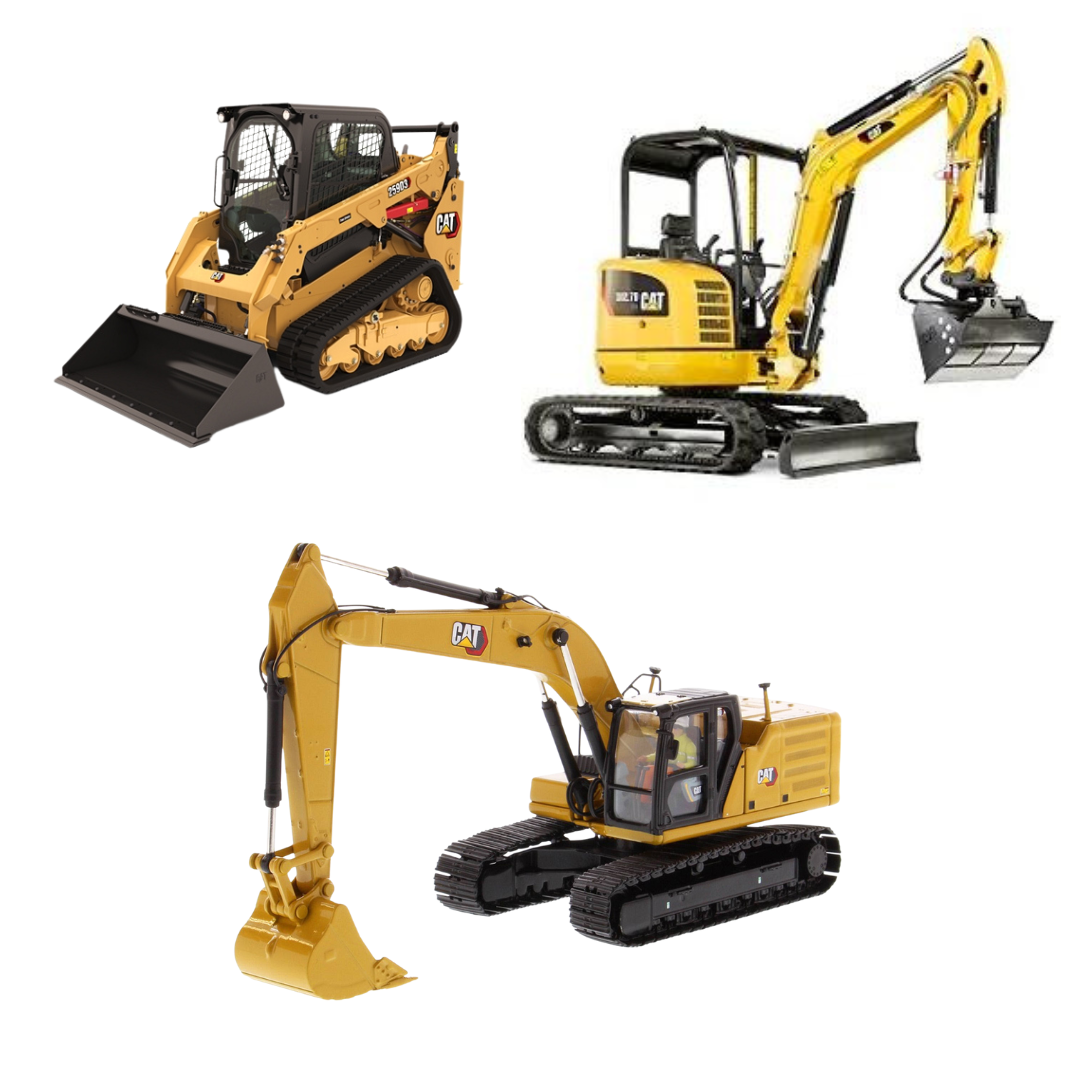Optimize Your Spending Plan by Recognizing the Expenses Associated With Building And Construction Devices Leasings
Understanding the complete extent of expenses associated with building devices services is essential for optimizing your spending plan. What methods can be used to effectively manage these expenses and make sure a much more reliable rental experience?
Overview of Rental Prices
When considering building and construction tools leasings, understanding the connected prices is paramount for efficient budgeting and project preparation. Rental prices can vary significantly based on numerous aspects, including devices kind, duration of leasing, and area. The preliminary rental cost frequently mirrors the equipment's market need and its associated functional capacities, influencing the general expenditure.
In enhancement to the base rental price, ancillary expenses might arise, such as transport charges, fuel additional charges, and upkeep charges. It is vital to represent these extra expenses to precisely analyze the complete cost of leasing devices. Moreover, the rental duration can influence prices; longer services may get reduced rates, while temporary leasings could incur higher everyday fees.

Break Down of Rental Rates
A detailed understanding of rental prices is crucial for service providers and task supervisors aiming to optimize their spending plans. Rental prices for building and construction tools normally consist of several elements, consisting of base rates, time-based charges, and use charges.
Base rates are the core costs related to the rental of the tools, commonly identified by the type and dimension of the equipment. These rates can vary dramatically, affected by elements such as tools demand, accessibility, and regional market fads. Time-based fees, which may be daily, weekly, or monthly, offer to accommodate various job timelines and rental durations.
In addition, rental rates might include usage fees, which are relevant when devices is utilized beyond a defined threshold, making sure that the rental firm can represent damage. Seasonal demand variations can likewise impact rental rates, with peak building and construction seasons commonly commanding greater costs.
Moreover, recognizing the rental company's plans regarding maintenance and insurance policy can give additional understanding right into the general price structure. By evaluating these elements, service providers can make informed choices, ensuring the selection of rental equipment aligns with both job needs and budget restrictions.
Added Fees to Think About
Comprehending the ins and outs of extra costs is critical for professionals to handle their total service expenditures properly. Past the standard rental rates, different extra fees can substantially affect the overall price of devices service. These fees frequently include delivery and pick-up costs, which can differ based upon distance and logistics associated with carrying the equipment to and from the work website.
Additionally, some rental business may enforce gas additional charges if the tools is returned with much less fuel than when rented. It is additionally necessary to recognize potential cleaning costs, especially for specific equipment that calls for complete upkeep after use.

Thoroughly assessing the rental contract and making clear these added charges upfront can aid specialists avoid unanticipated costs and make sure that budget plans continue to be intact throughout the project lifecycle.
Upkeep and Repair Work Expenditures
Routine upkeep and repair expenditures are commonly neglected variables that can considerably affect the overall expense of building and construction devices leasings. When renting out equipment, it is crucial to think about not just the rental charges yet also the possible prices associated with maintaining the machinery in optimum operating condition.
Numerous rental firms consist of basic maintenance as component of the rental contract; nevertheless, extra unexpected malfunctions or considerable repairs can result in extra costs. It's necessary to evaluate the rental agreement thoroughly to comprehend what upkeep solutions are covered and what obligations fall on the tenant.
In addition, tools that is not well-maintained can lead to inefficiencies on the task site, potentially creating hold-ups and raising project costs. To mitigate these risks, it is recommended to conduct regular examinations and maintain open interaction with the rental service provider concerning any issues that arise during usage.
Insurance Coverage and Obligation Costs
Insurance and liability prices are crucial elements that can considerably impact the overall expenditure of building and construction devices leasings (dozer rental). These expenses ensure that both the rental firm and the client are safeguarded from possible monetary losses emerging from mishaps, damage, or burglary during the rental duration

Furthermore, customers ought to know any deductibles or exemptions in the insurance coverage, as these can affect prospective out-of-pocket costs. Comprehending the terms of any insurance policy coverage is important to prevent unexpected costs. Ultimately, budgeting for insurance and liability expenditures can assist make sure a smoother rental experience and secure versus financial dangers connected with construction projects.
Conclusion
In final thought, a detailed understanding of the expenses associated with building and construction devices leasings is crucial for effective budget plan administration. Eventually, informed decision-making regarding tools leasings new backhoe contributes to the overall success of building and construction undertakings.
Rental costs can differ considerably based on several variables, consisting of equipment type, duration of leasing, and place (boom lift rental). The rental duration can affect pricing; longer rentals might certify for discounted prices, while short-term leasings might sustain greater daily costs
By conducting thorough research study and engaging with reputable rental firms, contractors can properly navigate the complexities of rental rates, eventually optimizing their financial sources.
Past the standard rental rates, numerous supplemental costs can considerably affect the overall price of equipment leasing. Rental firms typically give liability insurance coverage that covers injuries to 3rd parties or damages to residential or commercial property, while devices damages insurance can cover the cost of repair work or substitute if the rented out equipment is damaged.